

"No Mans Land"
Oklahoma Panhandle
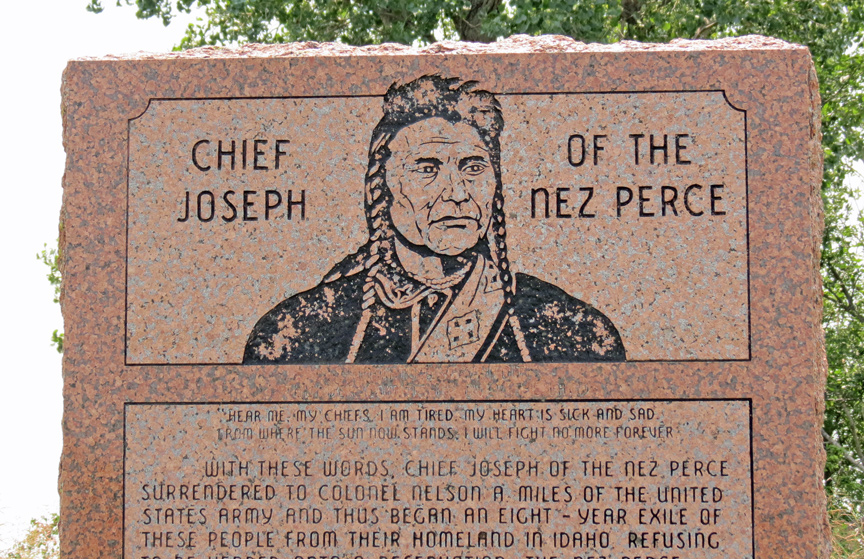
Chief Joseph in exile
The Oklahoma Panhandle is the extreme western region of the state of Oklahoma, comprising Cimarron County, Texas County, and Beaver County. Its name comes from the similarity of shape to the handle of a cooking pan.
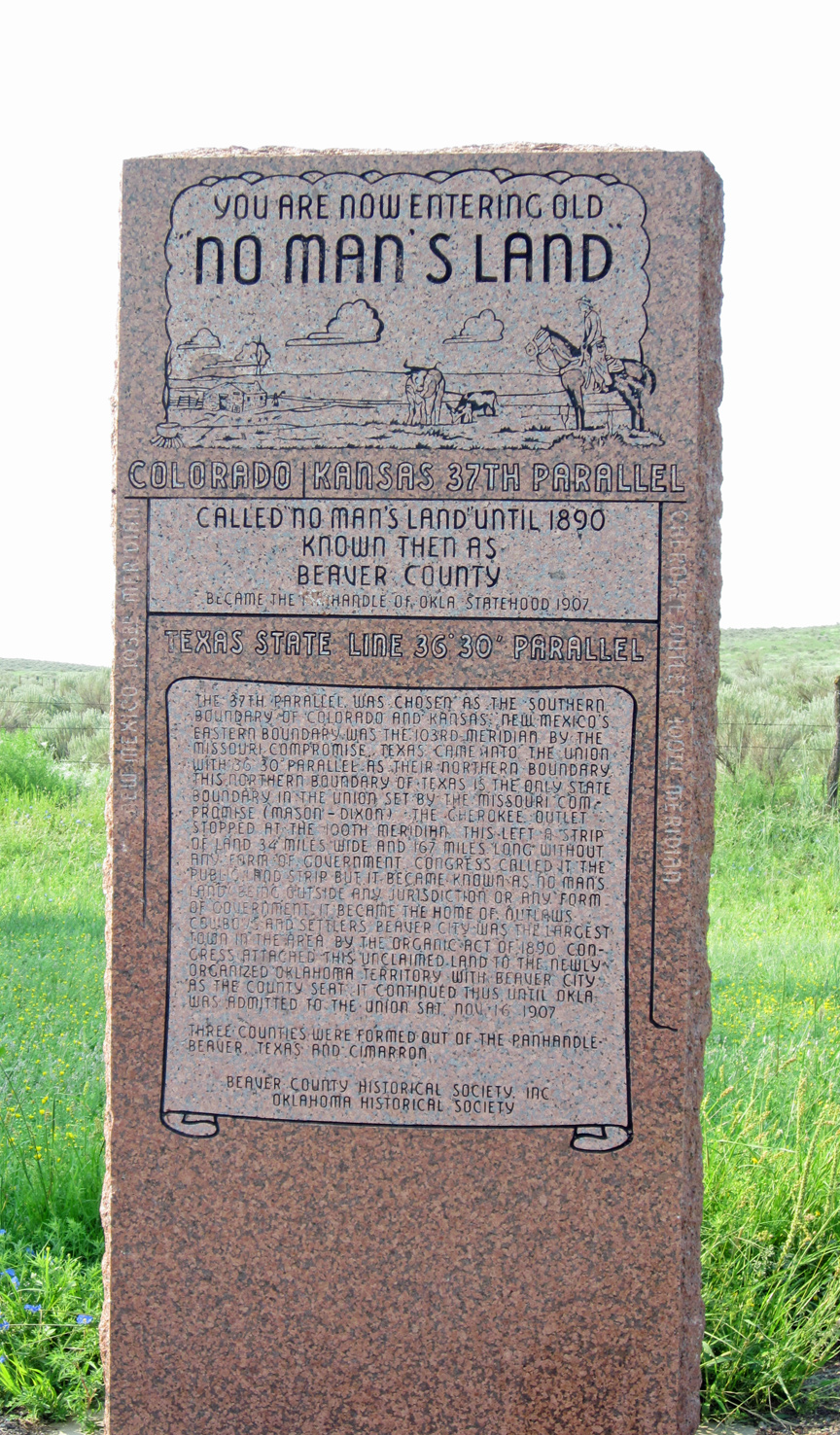
"No Man's Land"
When Texas sought to enter the Union in 1845 as a slave state, federal law in the United States, based on the Missouri Compromise, prohibited slavery North of 36°30' parallel north. Under the Compromise of 1850, Texas surrendered its lands north of 36°30' latitude. The 170-mile strip of land, a "neutral strip", was left with no state or territorial ownership from 1850 until 1890. It was officially called the "Public Land Strip" and was commonly referred to as "No Man's Land."
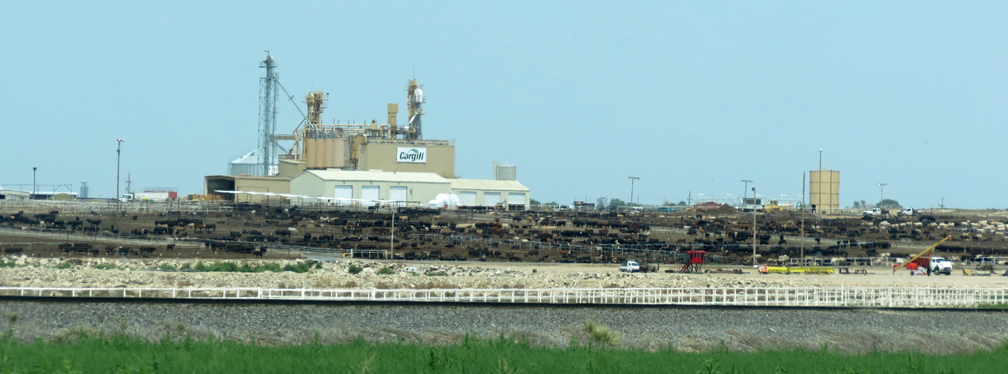
Now the place from thousands of beef cattle being fattened
The Compromise of 1850 also established the eastern boundary of New Mexico
Territory at the 103rd meridian, thus setting the western boundary of the strip.
The Kansas-Nebraska Act of 1854 set the southern border of Kansas Territory as
the 37th parallel. This became the northern boundary of No Man's Land. When
Kansas joined the Union in 1861, the western part of Kansas Territory was
assigned to Colorado Territory, but did not change the boundary.

oil
After the Civil War, cattlemen moved into the area. Gradually they organized
themselves into ranches and established their own rules for arranging their land
and adjudicating their disputes. There was still confusion over the status of
the strip and some attempts were made to arrange rent with the Cherokees,
despite the fact that the Cherokee Outlet ended at the 100th meridian. In 1885,
the U. S. Supreme Court ruled that the strip was not part of the Cherokee
Outlet. In 1886, Interior Secretary L. Q. C. Lamar, declared the area to be
public domain and subject to "squatter's rights".

Nara Visa

The strip was not yet surveyed, and as that was one of the requirements of the
Homestead Act of 1862, the land could not be officially settled. Settlers by the
thousands flooded in to assert their "squatter's rights" anyway. They surveyed
their own land and by September 1886 had organized a self-governing and
self-policing jurisdiction, which they named the Cimarron Territory.
Representative Daniel W. Voorhees of Indiana introduced a bill in Congress to
attach the so-called territory to Kansas. It passed both the Senate and the
House of Representatives but was not signed by President Grover Cleveland.
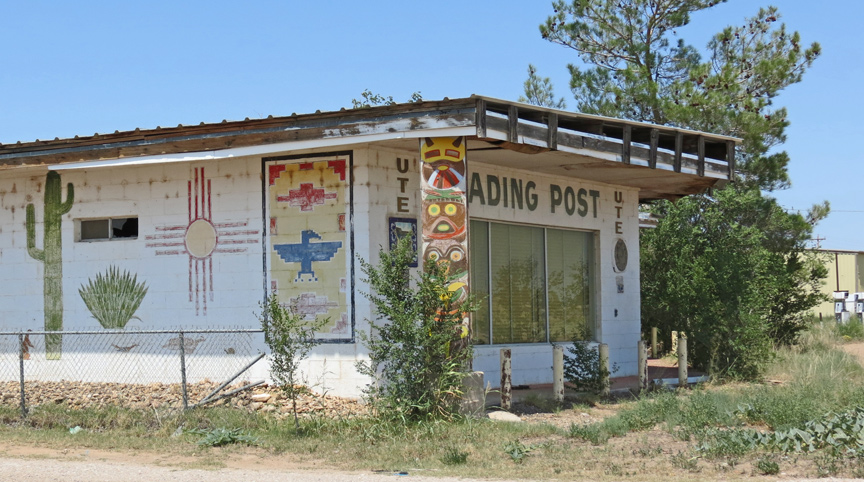
The organization of Cimarron Territory began soon after Lamar declared the area
open to settlement by squatters. The settlers formed their own vigilance
committees, which organized a board charged with forming a territorial
government. The board enacted a preliminary code of law and divided the strip
into three districts. They also called for a general election to choose three
members from each district to meet on March 4, 1887, to form a government.
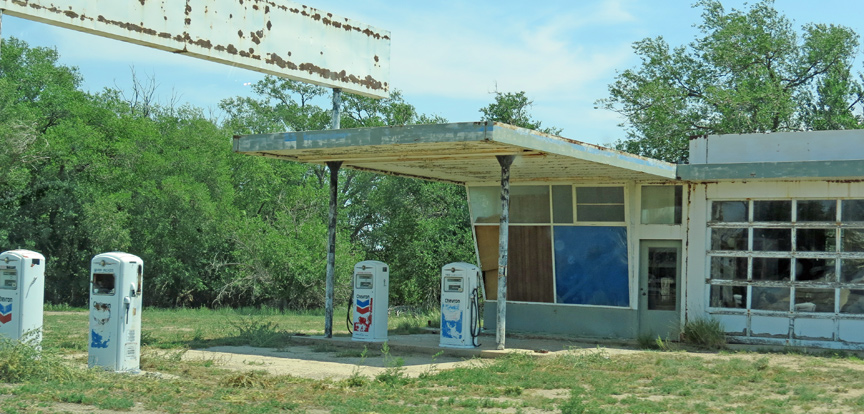
former auto service station
The elected council met as planned, elected Owen G. Chase as president, and named a full cabinet. They also enacted further laws and divided the strip into five counties (Benton, Beaver, Palo Duro, Optima, and Sunset), three senatorial districts (with three members from each district), and seven delegate districts (with two members from each district). The members from these districts were to be the legislative body for the proposed territory. Elections were held November 8, 1887, and the legislature met for the first time on December 5, 1887.
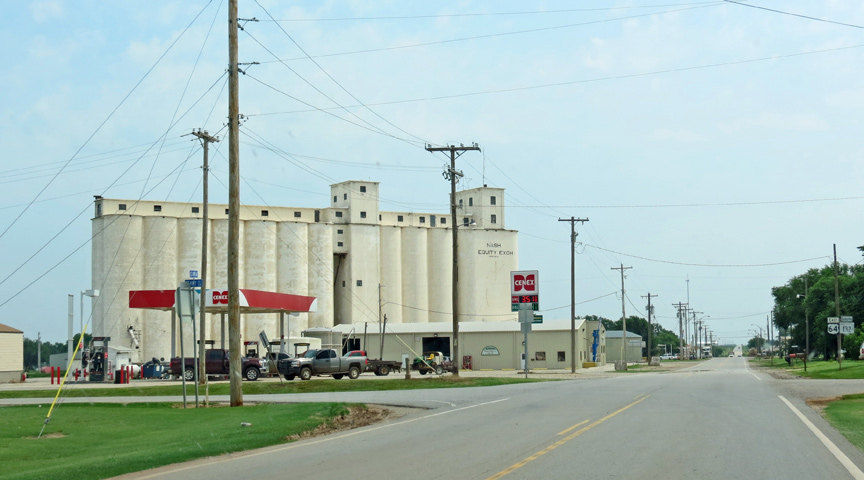
After the meeting in March, Owen G. Chase went to Washington, D.C. to lobby for
admission to Congress as the delegate from the new territory. He was not
recognized by Congress. A group disputing the Chase organization met, and
elected and sent its own delegate to Washington. A bill was introduced to accept
Chase but was never brought to a vote. Neither delegation was able to persuade
Congress to accept the new territory. Another delegation went in 1888 but did no
better.
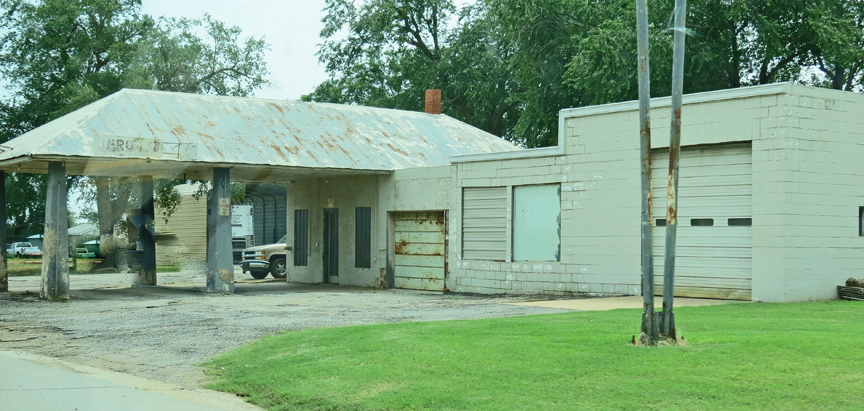
In 1889, the Unassigned Lands were opened for settlement and many of the
residents went there. The population was generously estimated by Owen Chase at
10,000 after the opening. Ten years later, an actual count revealed only 2,548.
The passage of the Organic Act in 1890 assigned No Man's Land to the new
Oklahoma Territory, and ended the short-lived Cimarron Territory aspirations.
Old Beaver County encompassed the whole panhandle from 1890 until statehood
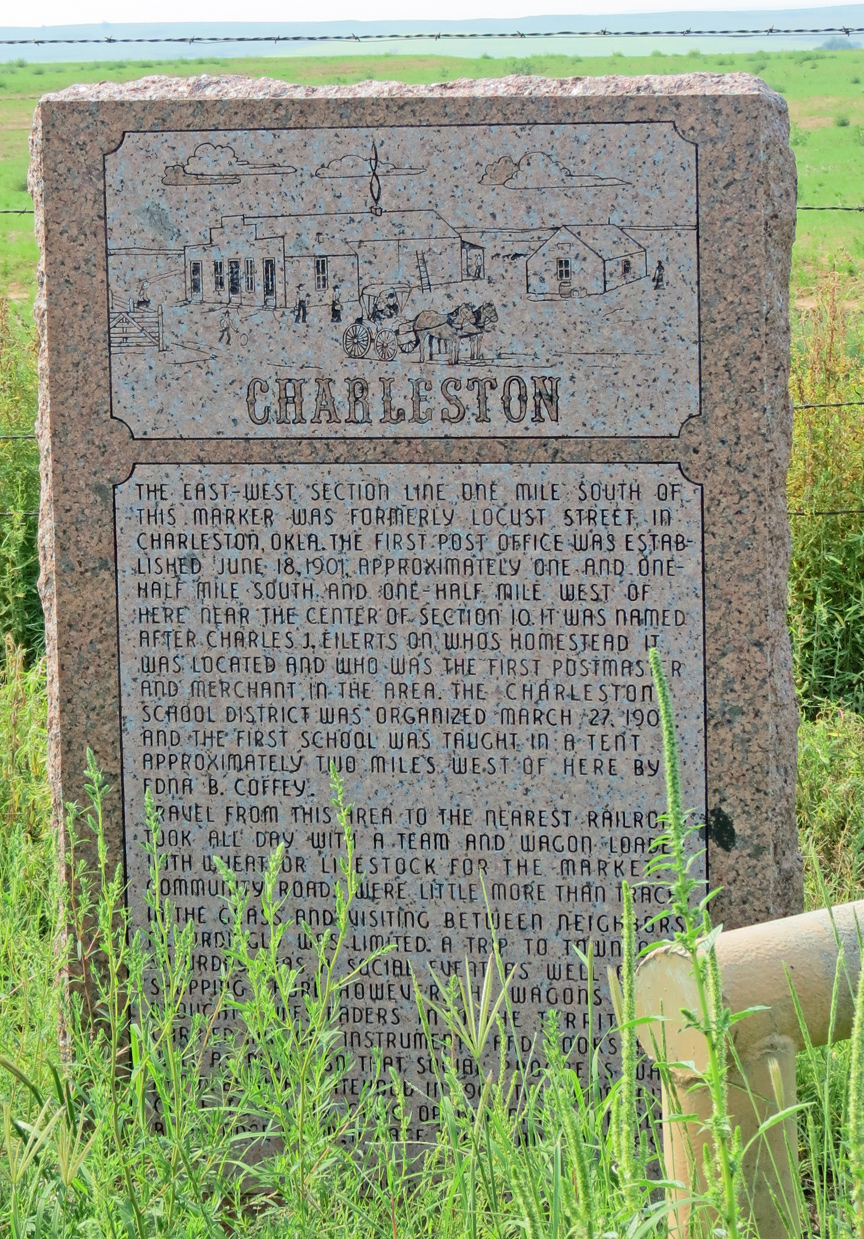
In 1891, the government completed the survey and the remaining squatters were
finally able to secure their homesteads under the Homestead Act. The new owners
were then able to obtain mortgages against their property, enabling them to buy
seed and equipment. Capital and new settlers came into the area and the first
railroad, the Rock Island, built a line through the county from Liberal, Kansas
to Dalhart, Texas. Agriculture began changing from subsistence farms to grain
exporters.
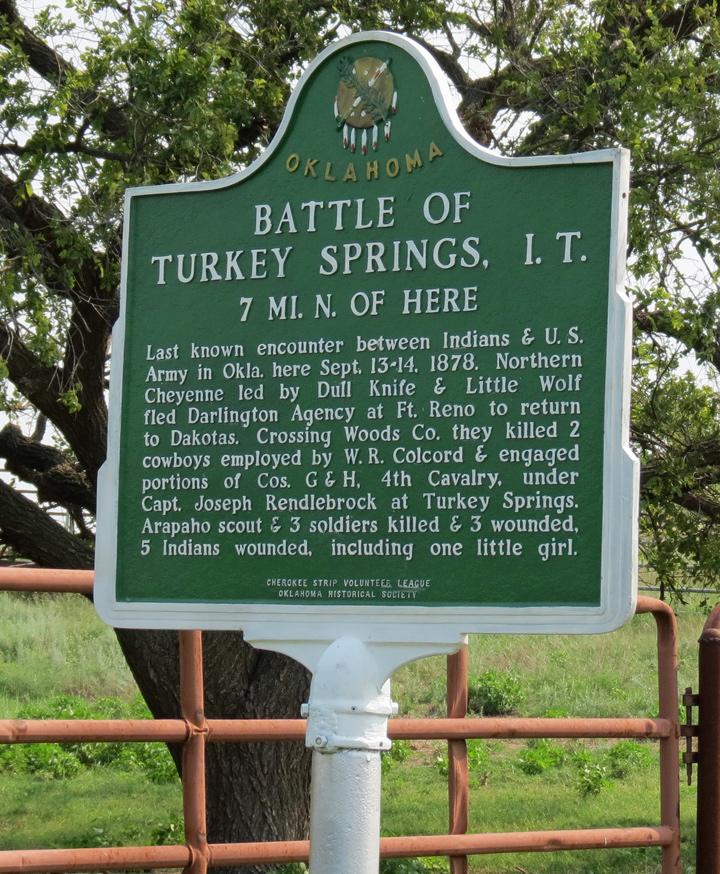
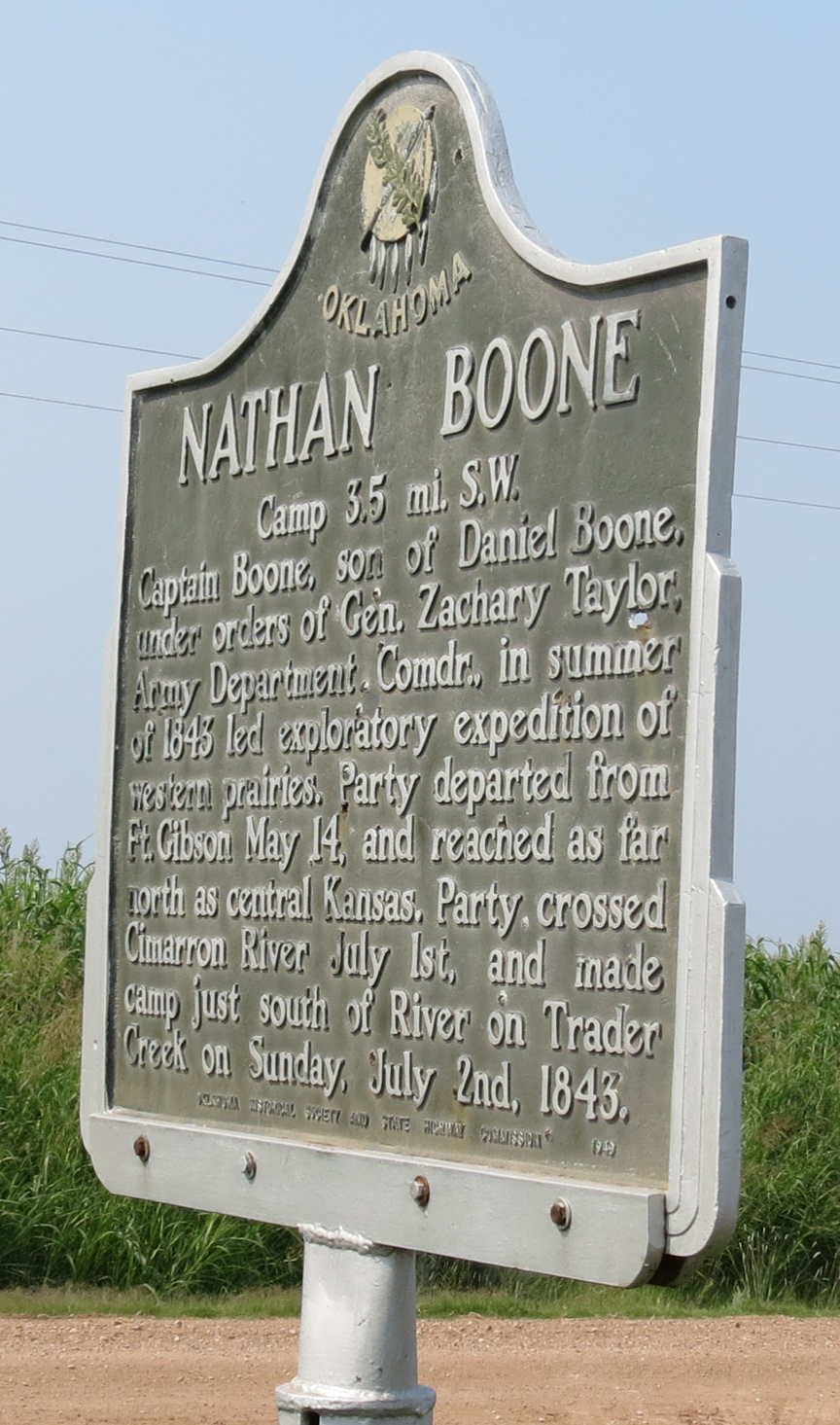
No Man's Land became Seventh County under the newly-organized Oklahoma
Territory, land was soon renamed Beaver County. Beaver City became the county
seat. When Oklahoma Territory and Indian Territory joined the Union in 1907 as
the single state of Oklahoma, Beaver County was divided into the present Beaver,
Texas, and Cimarron counties. The Oklahoma Panhandle had the highest population
it has ever recorded at its first census.
Text from Wikipedia
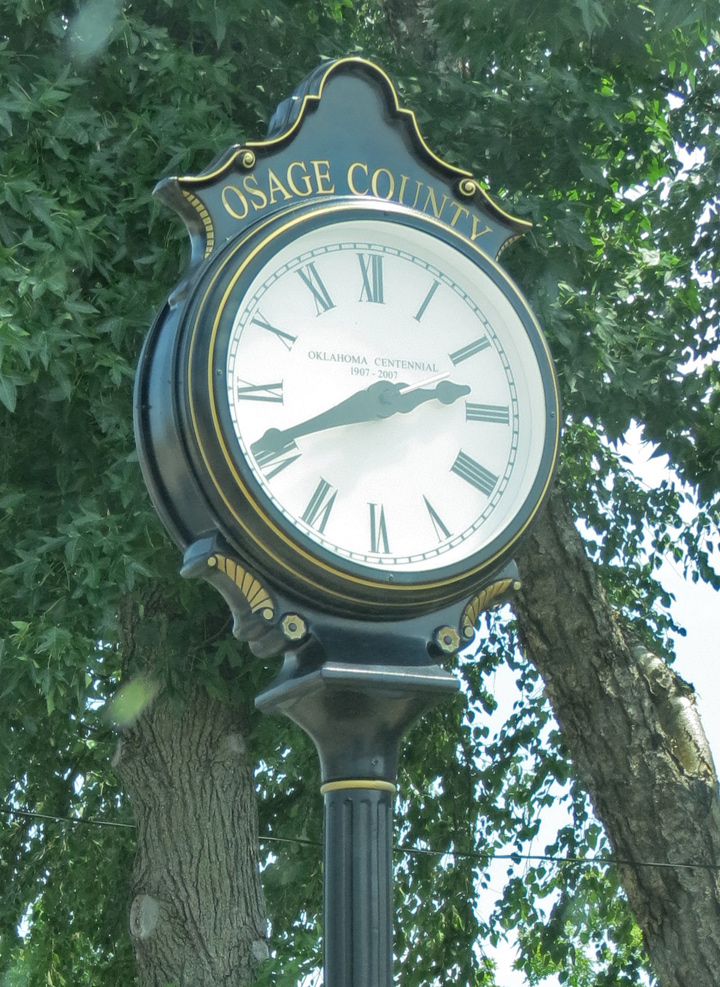
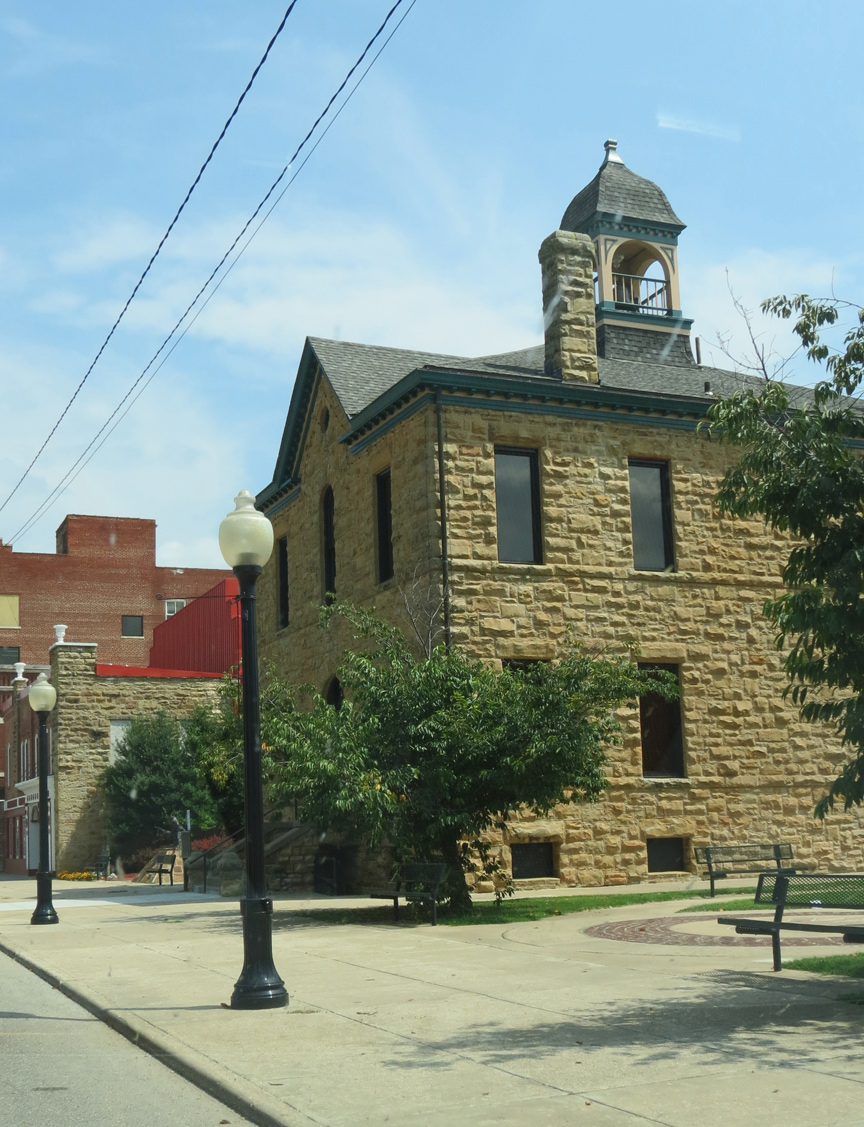
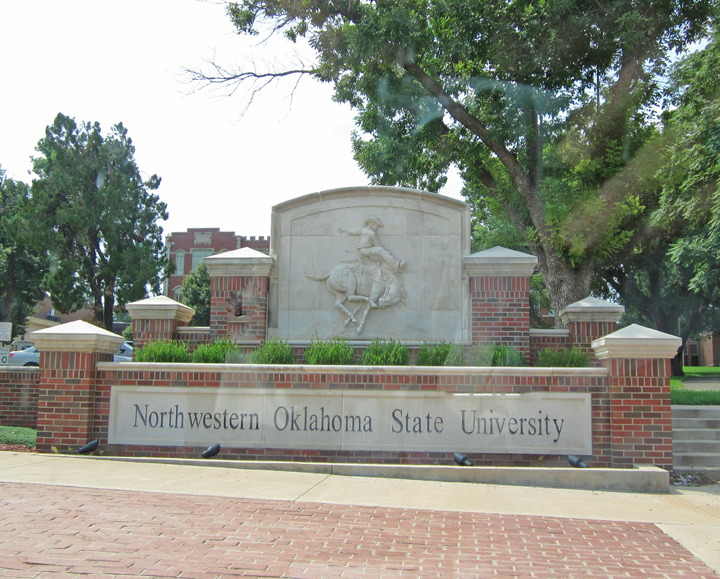
Northwestern Oklahoma State University, is a university in Alva, Oklahoma,
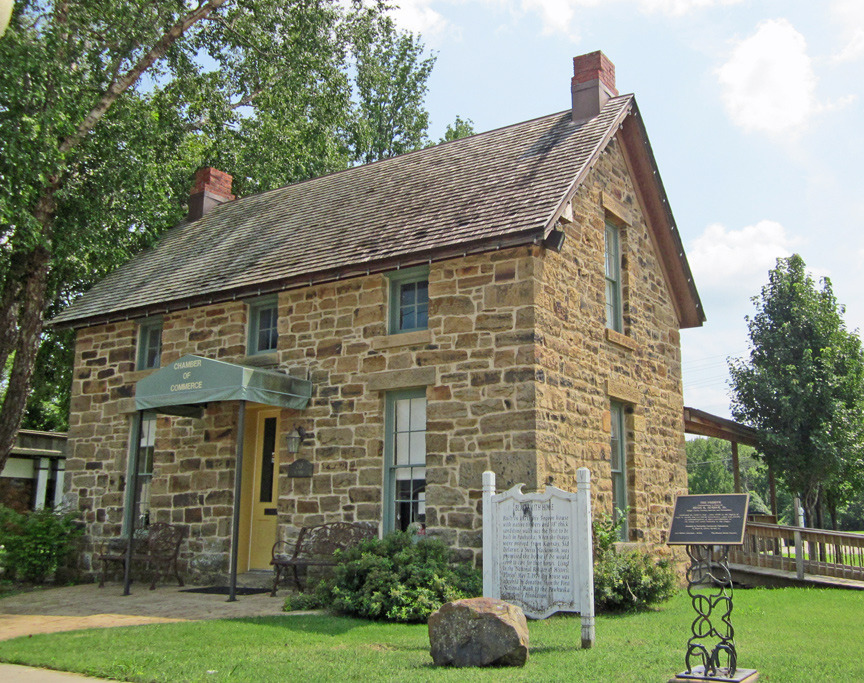

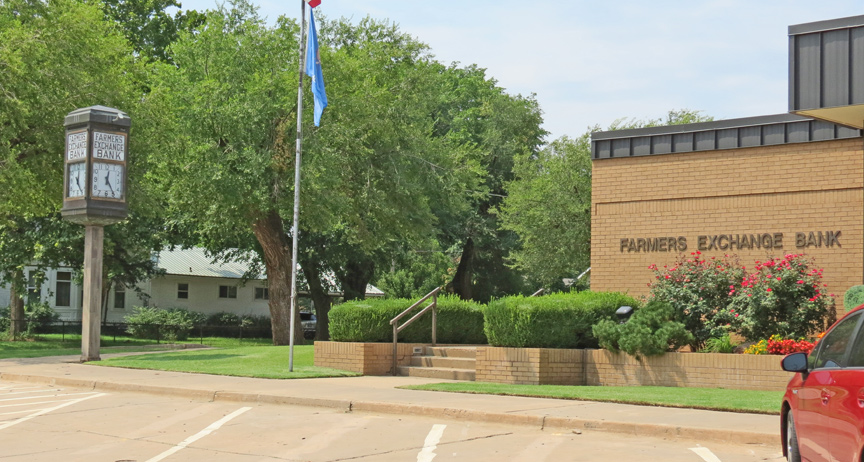
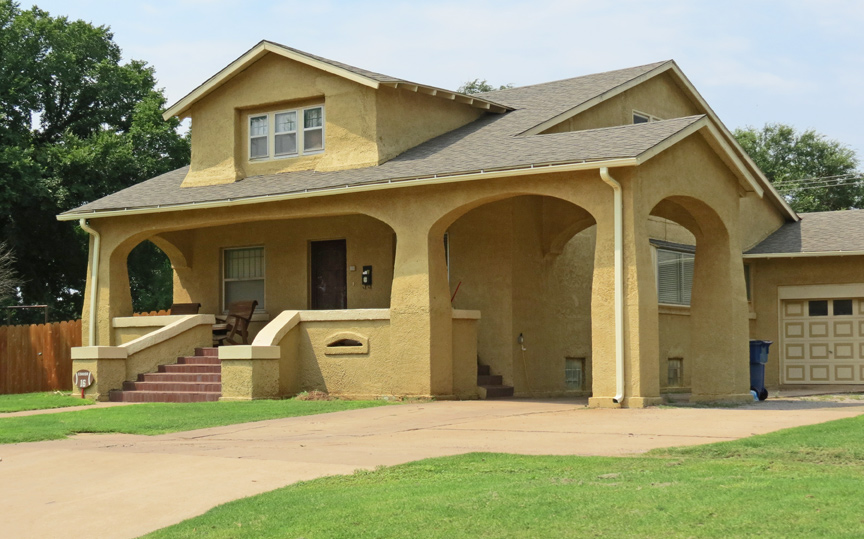
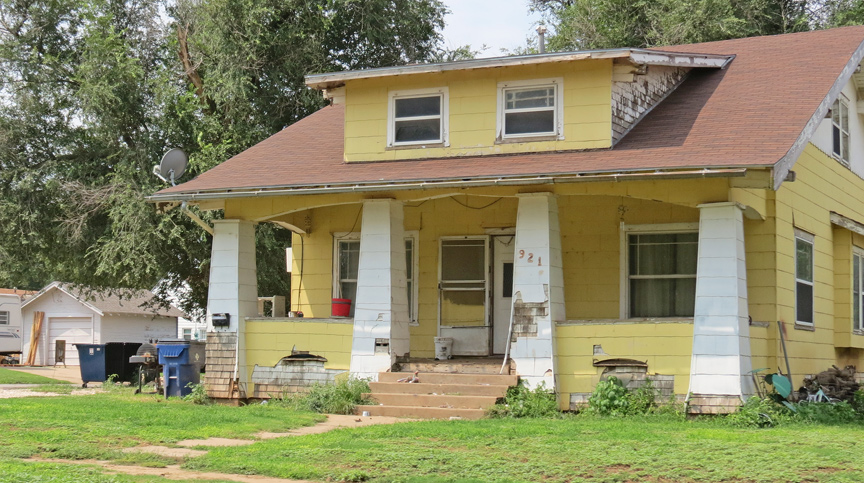
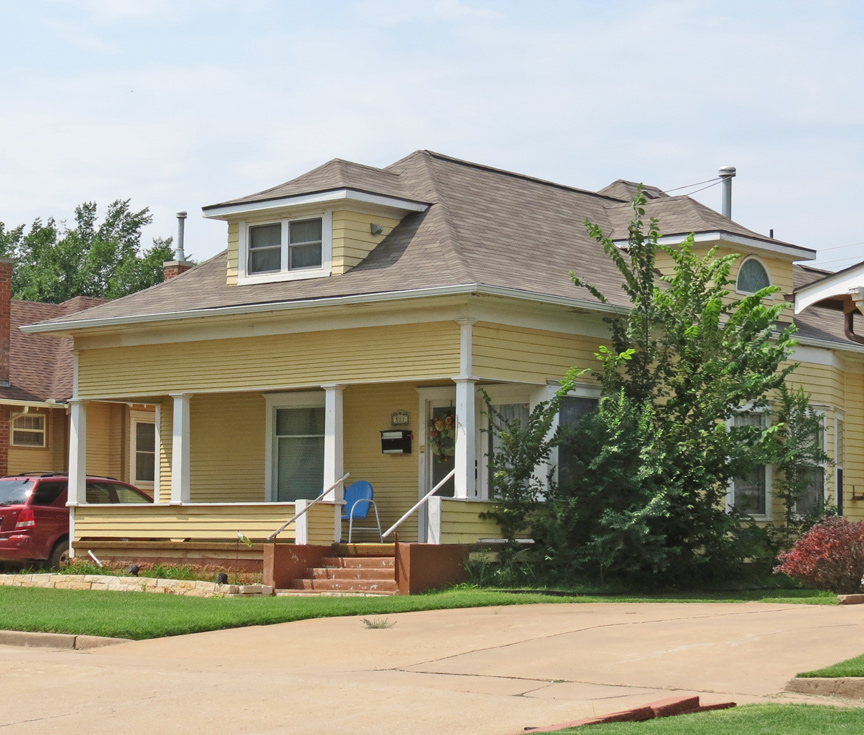
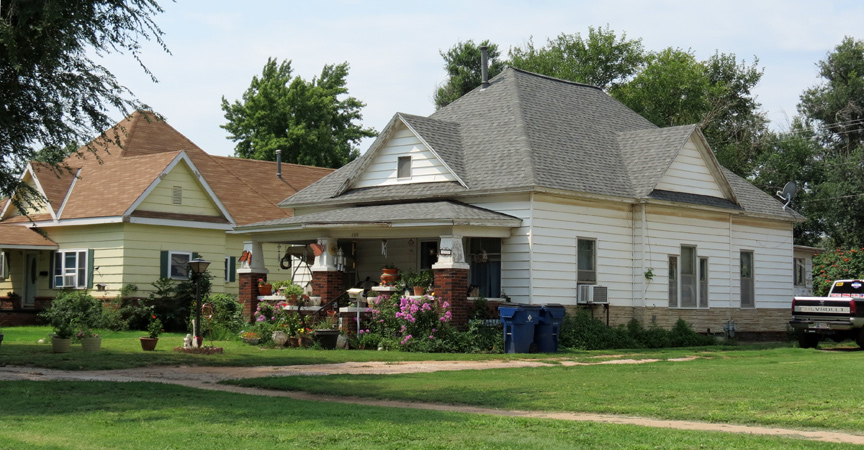
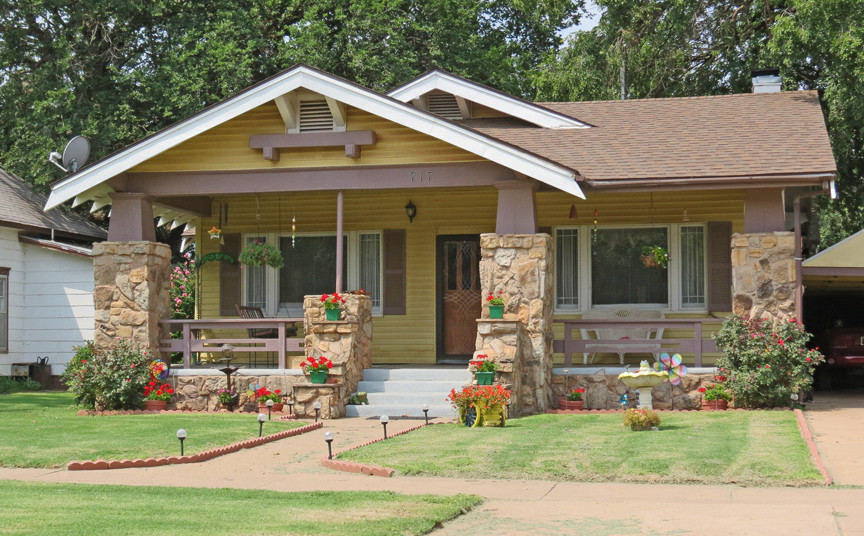
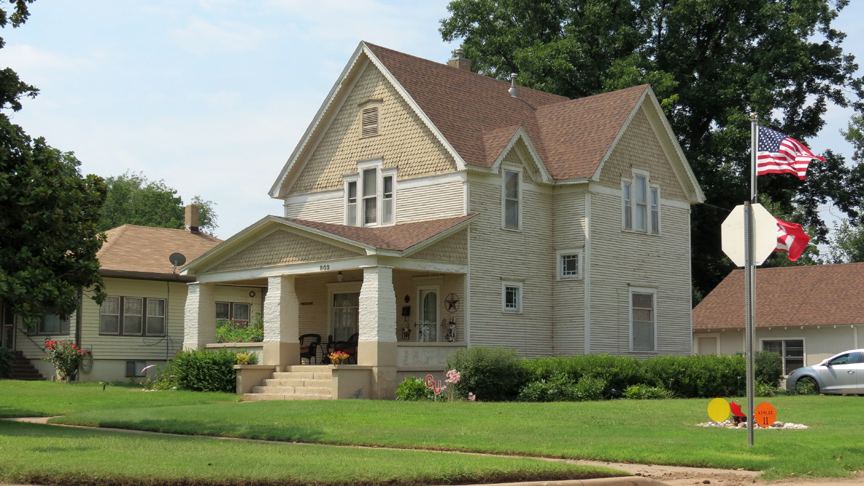
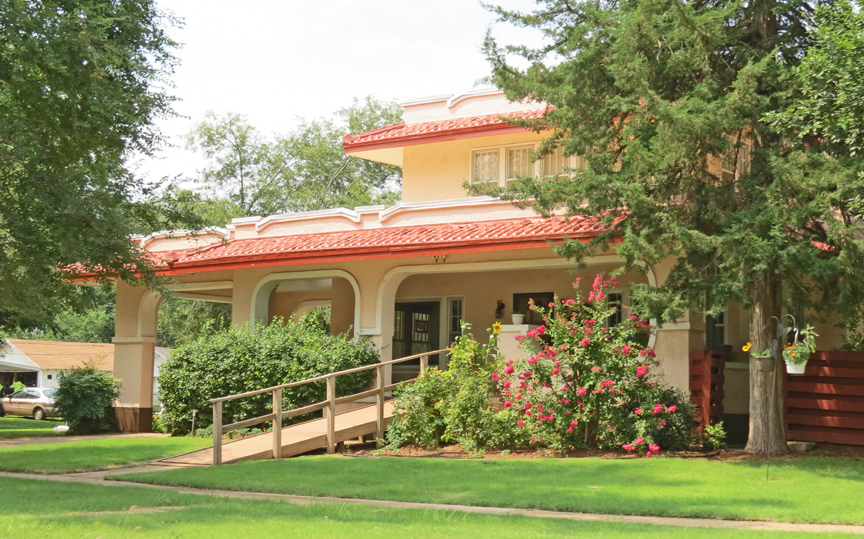
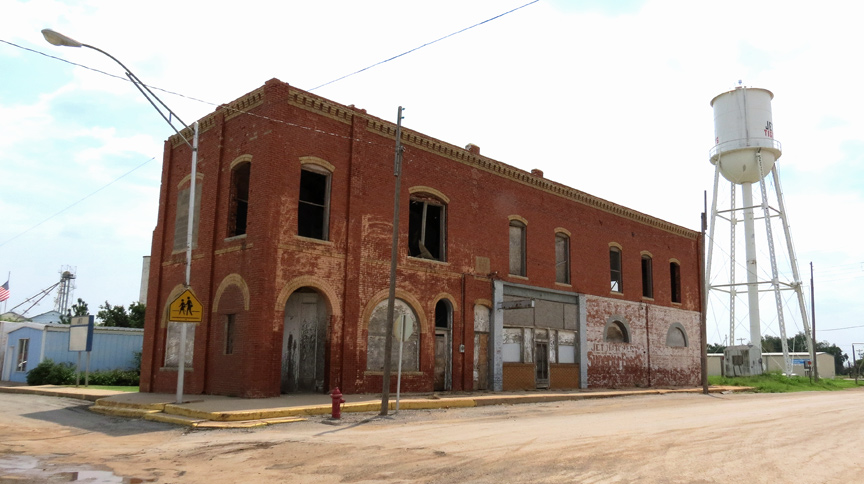
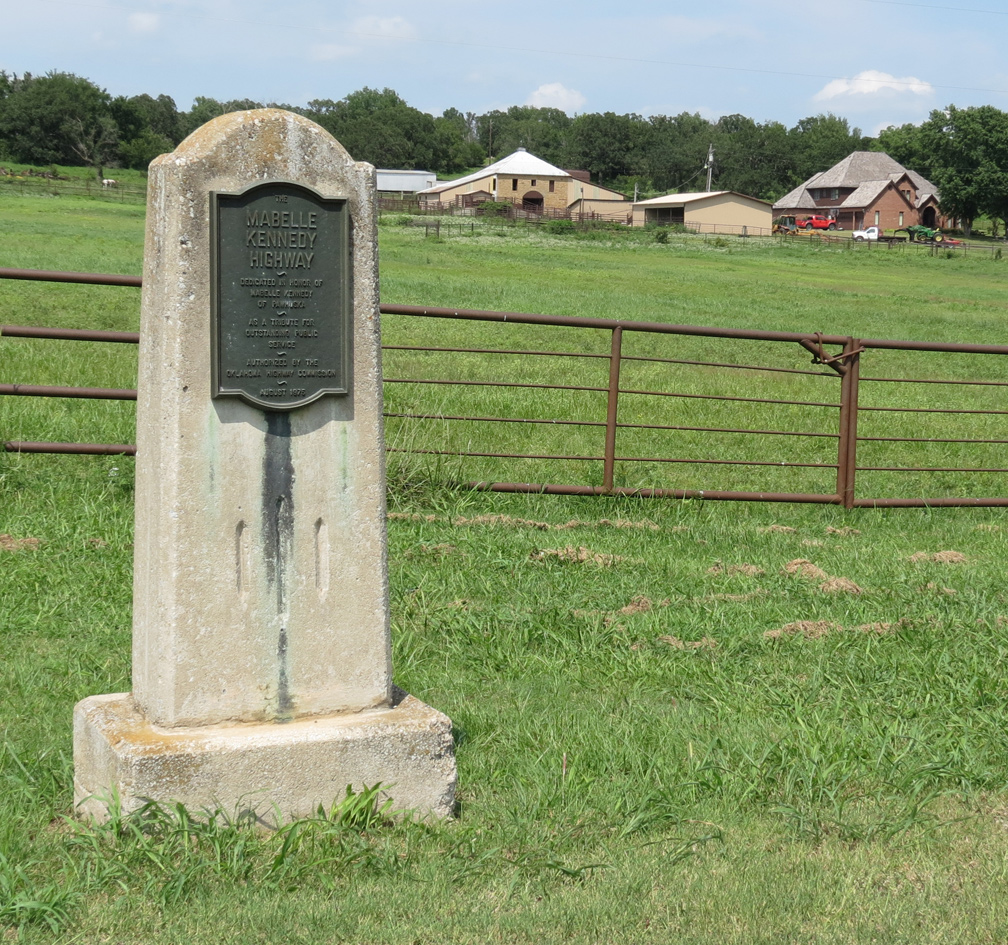
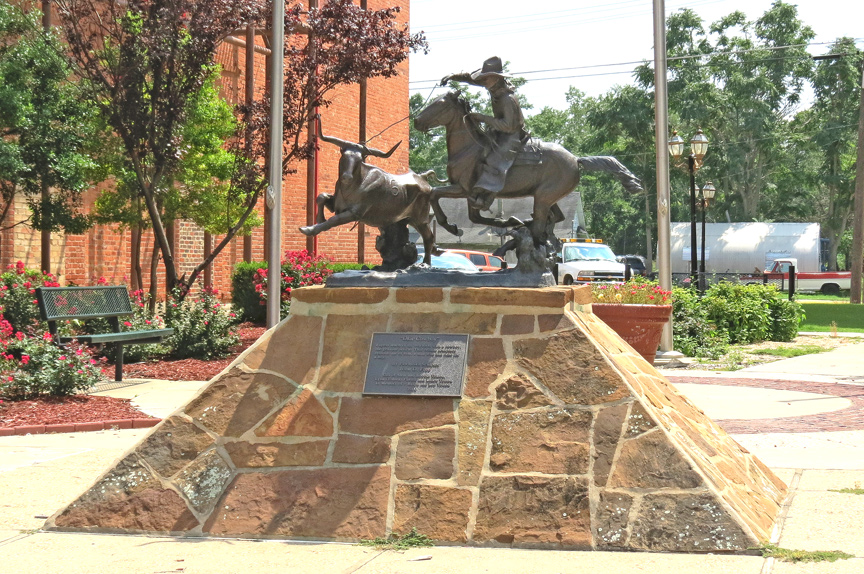

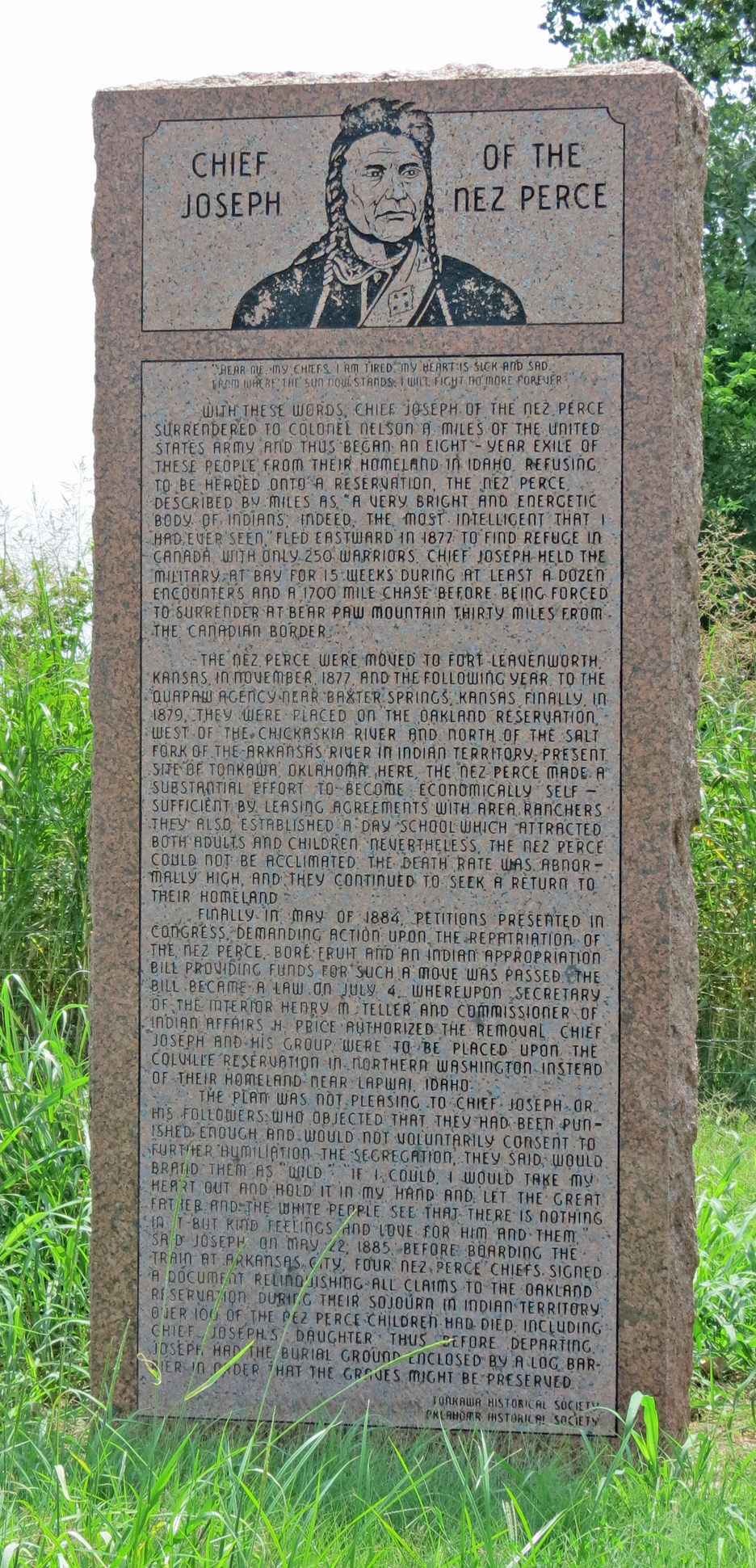
temporary resident